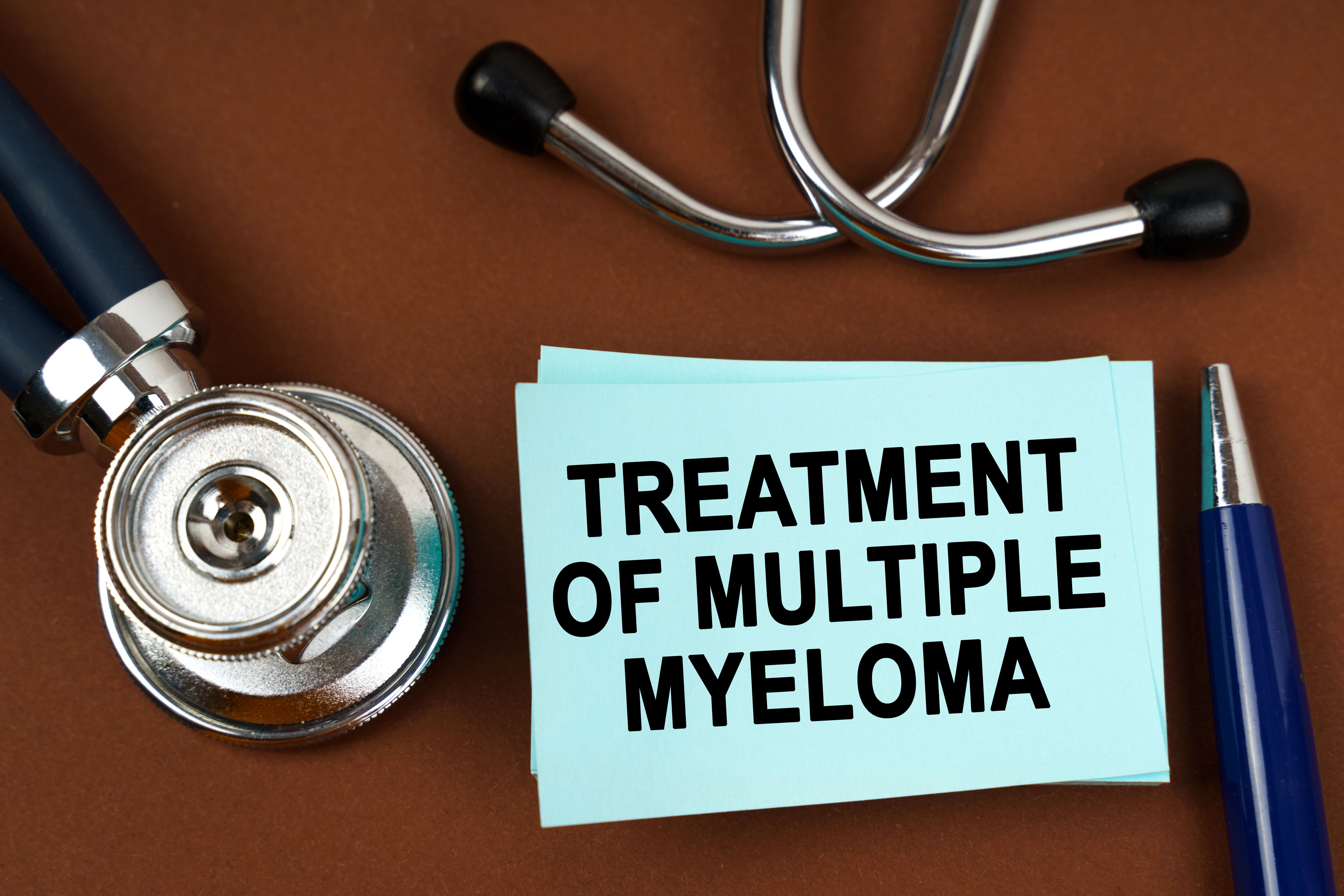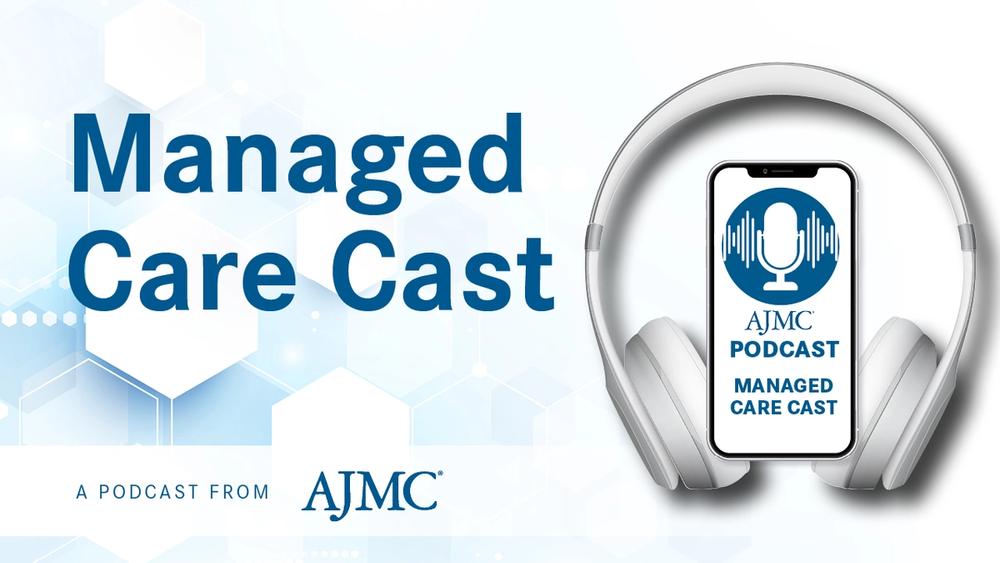Commentary
Video
Pembrolizumab Before, After Surgery Improves Head and Neck Cancer Outcomes: Ravindra Uppaluri, MD, PhD
Author(s):
Ravindra Uppaluri, MD, PhD, lead investigator of the phase 3 KEYNOTE-689 trial (NCT03765918), highlights the potential of pembrolizumab (Keytruda; Merck) to improve outcomes following head and neck cancer treatment.
In an interview with The American Journal of Managed Care®, Ravindra Uppalurdi, MD, PhD, director of head and neck surgical oncology at Dana-Farber Brigham Cancer Center and lead investigator of the phase 3 KEYNOTE-689 trial (NCT03765918), discusses the study's objectives and key findings.
He shares that administering pembrolizumab (Keytruda; Merck) both before and after surgery, alongside adjuvant therapy, improves treatment responses and survival in patients with previously untreated, locally advanced head and neck squamous cell carcinoma.
Uppalurdi presented these results today at the American Association for Cancer Research Annual Meeting 2025 in Chicago.
This transcript has been lightly edited; captions were auto-generated.
Transcript
What is the current standard of care for patients newly diagnosed with locally advanced head and neck squamous cell carcinoma? What outcomes are typically seen with this regimen?
The current standard of care for newly diagnosed patients with stage 3/4 pre-advanced disease is either surgery-based or radiation-based. For the second part, the radiation-based approaches are used in situations where there's what's called an organ-preserving approach for those patients whose tumors are not resectable by surgery. Those patients are treated with upfront radiation plus chemotherapy, usually.
The second group of patients, which is the one that we'll really talk about, is the surgically resectable patients. These patients typically have surgery, and then, based on the pathology from the surgery, there's adjuvant therapy given. Usually, it's radiation afterwards, but depending on whether there are adverse features in the tumor, those patients also get radiation plus chemotherapy after finishing surgery.
It's quite a long process, and this paradigm for these surgical patients has been in place for nearly 2 decades now. The last studies on this really were in 2004, where a study was done that showed that giving chemotherapy plus radiation after surgery improves outcomes a little bit. Since that time, there's really not been much progress.
There's a lot of progress in various other aspects of surgical management, but outcomes wise and treatment modalities wise, it's been kind of stuck there. So, 20 years, no big changes, and the patient outcomes are definitely suboptimal, I would say.
This treatment is toxic. There are lots of side effects, so patients deal with that. Then, the clinical outcomes from cancer treatment itself could be improved upon. I think that's really a pressing need to improve outcomes for these patients, both from a toxicity standpoint and from a cancer standpoint.
With this in mind, what was the goal of the KEYNOTE-689 trial? What methods were used to investigate this?
This trial started off based on a phase 2 trial that Doug Adkins, a WashU [Washington University] medical oncologist, and I had started about 10 years ago now. Those phase 2 studies showed that it was safe, number one, to add pembrolizumab to the surgical approaches for patients. Two, there were some intriguing pathologic responses and clinical responses in these patients. Based on those phase 2 studies, many other studies have come out since then, not only from us, [but] from other investigators supporting this idea of integrating immunotherapy with surgery.
With that established, our foundational study really helped with the development of KEYNOTE-689. KEYNOTE-689 was a randomized trial of over 700 patients with newly diagnosed stage 3 or 4A head and neck squamous cell cancer and who were all considered to be surgically resectable. These patients were randomized 1:1 into either getting the standard of care, so the approach already talked about; surgery then adjuvant therapy; or getting what's called neoadjuvant, or before surgery, pembrolizumab, then surgery, and then based, again, on the pathology, to get additional adjuvant treatment plus pembrolizumab as maintenance.
Really, the primary end point for the study was to compare the event-free survival between the standard-of-care arm and the pembrolizumab-plus-standard-of-care arm. Event-free survival is defined as any disease recurrence, progression, or death from the time of randomization between the 2 arms.
One of the things I want to emphasize here is that this is a really novel trial design. The idea that integrating immunotherapy before surgery, number one, changes the current workflows for head and neck cancer patients, but also it's a novel idea in the sense that you're trying to prime the immune system before anything is done. I think that's part of the strength of this kind of approach.
Can you summarize the main findings? Were there any that stood out to you?
In terms of the findings, I mentioned the primary end point of the trial was event-free survival. The statistics were very rigorous, and what we really found was that, in all patients, the event-free survival was really, significantly improved with the integration of pembrolizumab into the standard-of-care approach.
The median event-free survival across all patients was 51.8 months with pembrolizumab vs 30 months, so nearly a 20-month difference in the event-free survival rate for these patients, with a median of 38.3 months of follow-up. It's really quite a dramatic finding. Statistically, it was very significant. That was really a finding that we were hoping to get, and it was obviously very exciting to see this.
There were 2 other secondary end points I want to mention. One of them was called major pathologic response, which is defined as having less than or equal to 10%, so 10% or less, invasive tumor remaining in the tumor that was taken out. The patient has 2 doses of immunotherapy, pembrolizumab, surgery, and when the specimen is looked at in the pathology lab, the goal was to look at that [major pathologic response].
Again, with giving pembrolizumab, we saw a significant number of patients who had major responses in their primary tumor and lymph nodes that were decreased. That ultimately translated to some of these patients getting less chemotherapy and radiation. That was another very interesting finding: the neoadjuvant dosing before surgery actually contributed to downstaging patients, so they actually avoided the more toxic treatments later on. That's a beneficial approach to this trial design.
The last thing is that we also looked at overall survival. Overall survival probably happens more delayed from an EFS standpoint, event-free survival standpoint, so it was looked at, and all the curves separated a bit, favoring the pembrolizumab standard-of-care arm. So far, it's not statistically significant, but we really think further follow-up is needed on that. There will be another analysis done later this year to look at the overall survival data.




